‘Industry is on its knees’: Is this the end of Australian fashion?
In a year marred by brand collapses and the future of a key event hanging in the balance, it begs the question - what is going on in Australian fashion?

The fashion industry has taken an absolute battering this year.
Its bruised exterior has been repeatedly struck by bad luck, with iconic and much-loved brands collapsing at our feet.
And all we can do is watch as brands, designers and businesses continue getting smashed.
Which begs the question: What‘s going on with Australian fashion?
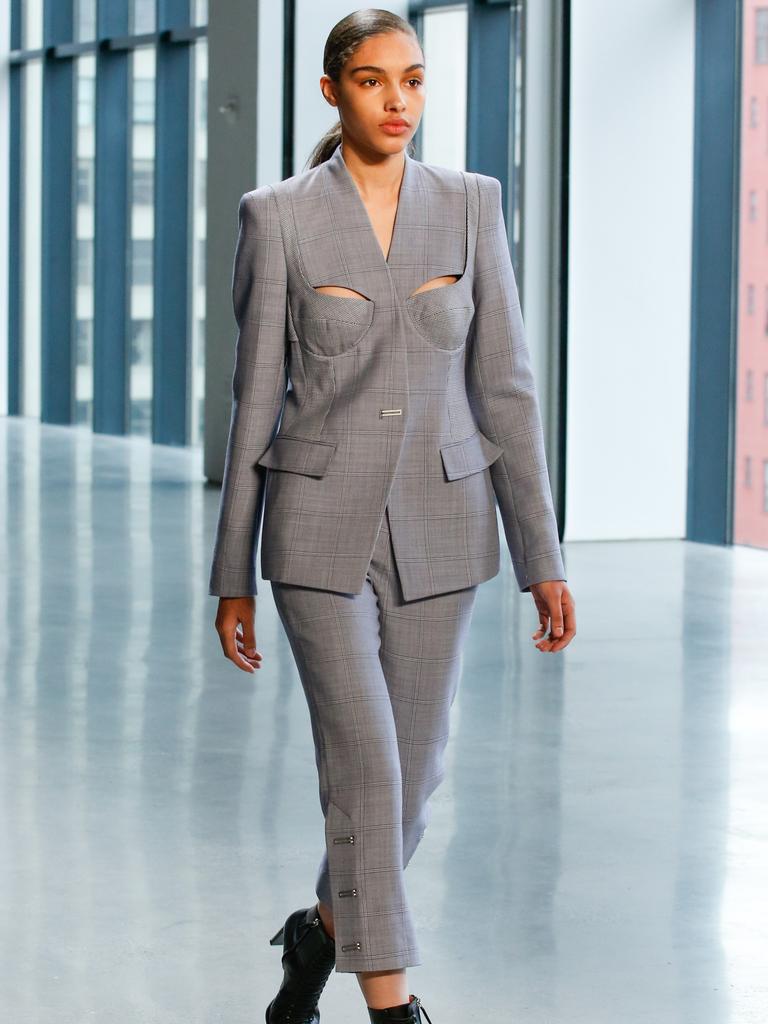
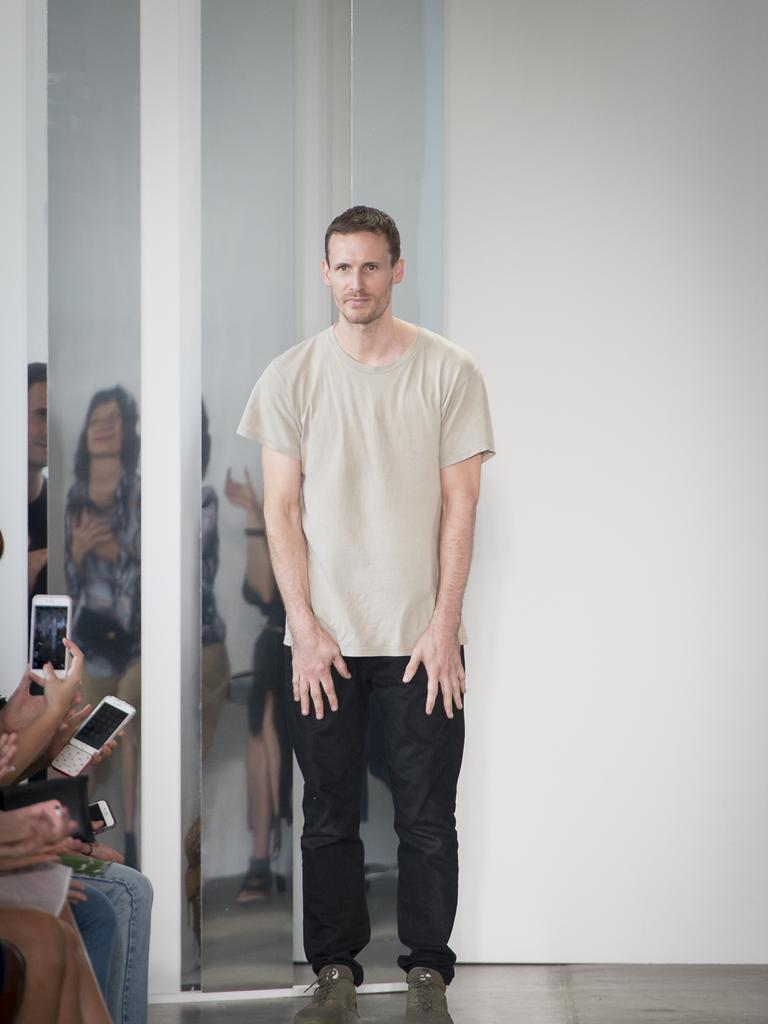
What happened in 2024?
It started with talks of Dion Lee collapsing.
The brand that was traipsing the runways in New York Fashion Week and a favourite among celebrities like Taylor Swift, Kylie Minogue, Dua Lipa and Troye Sivan was on top of the world.
Then the cracks underneath, hidden by the facade of structured pastel corsets, leather straps and fleshy mesh cut-outs started to show, the brand stumbling from its rising star status, ultimately losing its financial backing and failing to garner any interest from potential buyers.
In May this year, Dion Lee appointed administrators after rumours of Cue Clothing – which took a controlling stake in the company in 2011 – pulling its financial backing began to circulate.
Next came the collapse of Mosaic Brands, which houses brands like Autograph, Noni B, Katies, Millers and Rivers; iconic names Australians recognise as they walk through the shopping centre or their local shopping strip.
Then things took an unexpected turn when IMG announced it was departing ways with Australian Fashion Week, leaving the fate of the much-loved and highly-anticipated event hanging on by a thread.
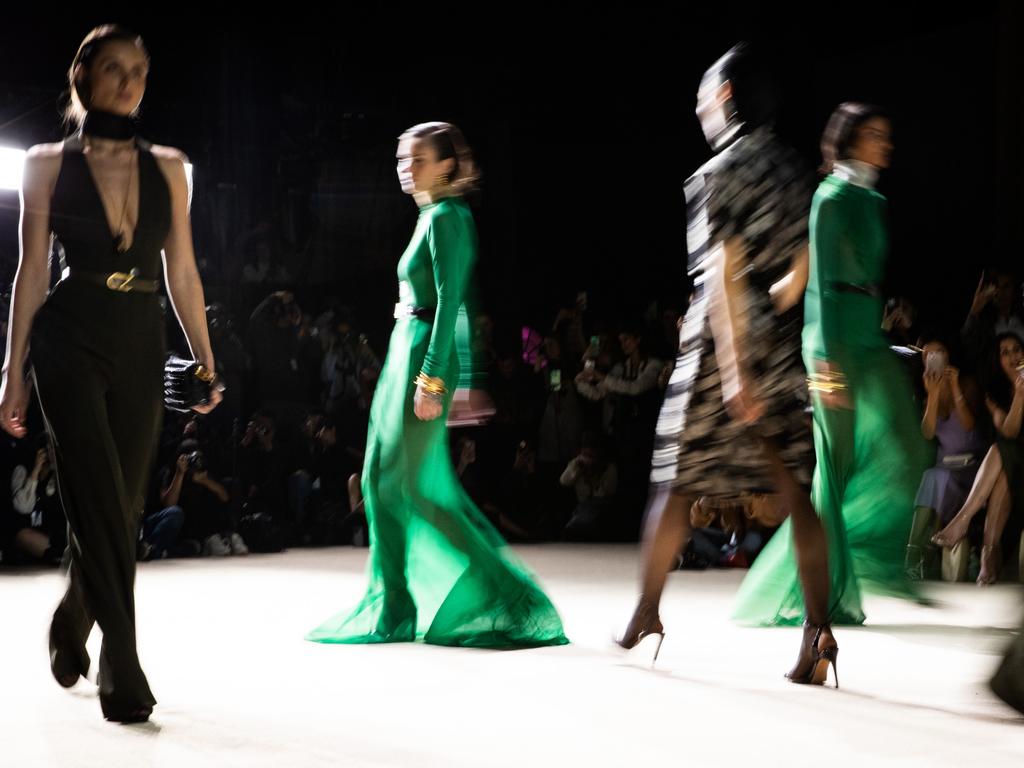
An industry hanging on by a thread
It’s little wonder why designers like Melbourne-based Jason Grech, who founded his couture label in 2003, say the industry is “on its knees”.
“It’s changed dramatically,” he told NewsWire, explaining his target audience, which was once ages 16-25, has significantly shifted to women over the age of 40.
This change was partly driven by an increasing number of people hiring dresses for special occasions, rather than buying them.
While touted as a more sustainable and wallet-friendly option for shoppers, it has impacted designers’ sales, too.
“They tend to hire one piece, wear it, post it on their social media and then move on,” he said.
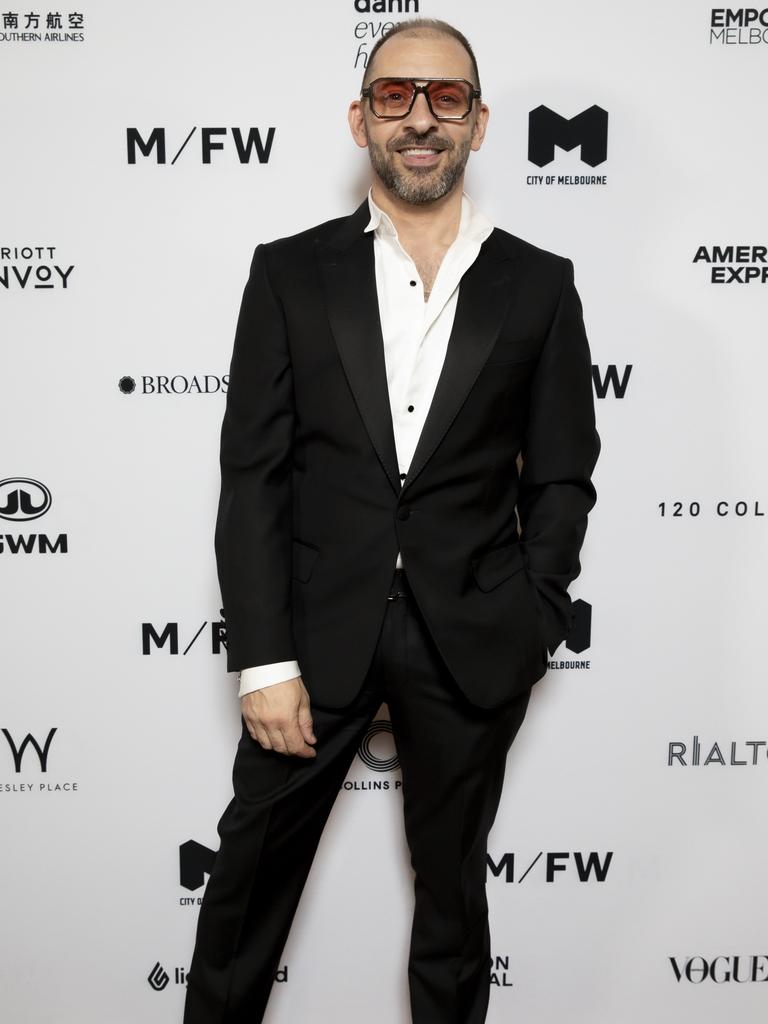
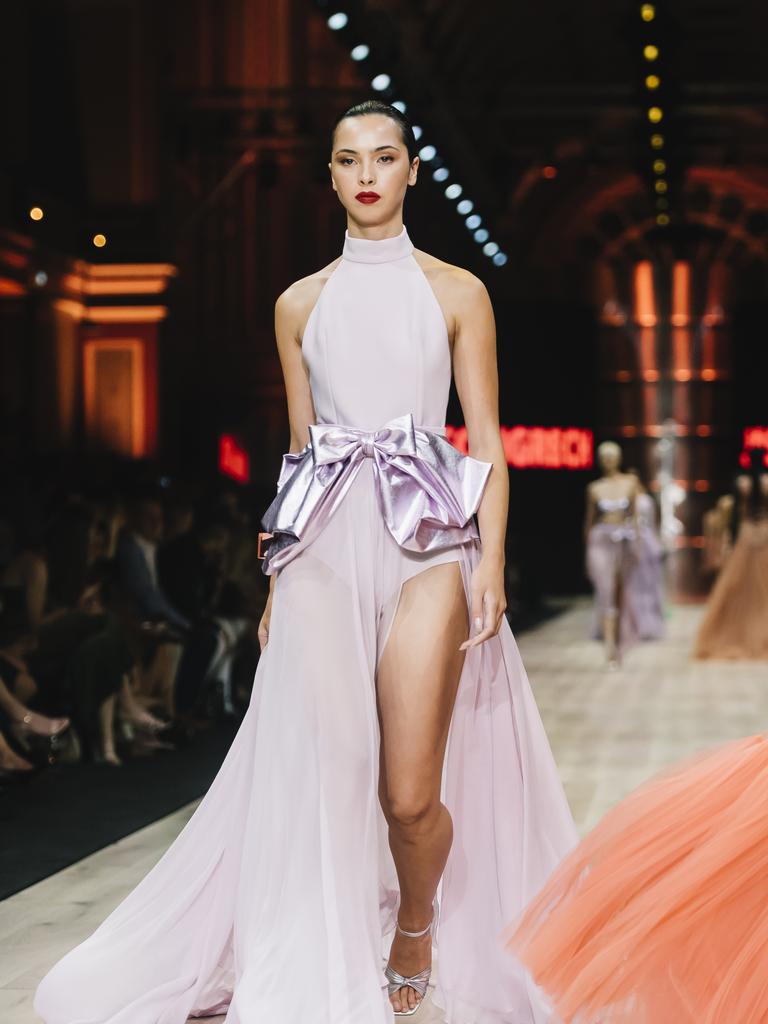
Social media and the rise of micro-trends
Fashion trends don’t just appear out of thin air; if you’ve seen The Devil Wears Prada, you know exactly where this is going.
The fashion trend cycle comes in five stages: introduction, rise, peak, decline and obsolescence.
It once took 20 years for a cycle to fully take its form.
Now, fashion trends have shapeshifted, transforming into “micro-trends” that can last for weeks at a time.
A micro-trend – such as cottagecore, mermaidcore or the mob wife aesthetic – will emerge on social media and quickly get picked up by fast fashion companies, who churn out designs faster than you can say “Do you have my size?”
It’s a trend Mr Grech has seen in spades.
“People have moved to fast fashion rather than purchasing investment pieces,” he said.
Fast fashion brands like Shein and cheap e-commerce retailers like Temu are leading the pack, and its impact was so major, it impacted “every aspect of shopping behaviour”.
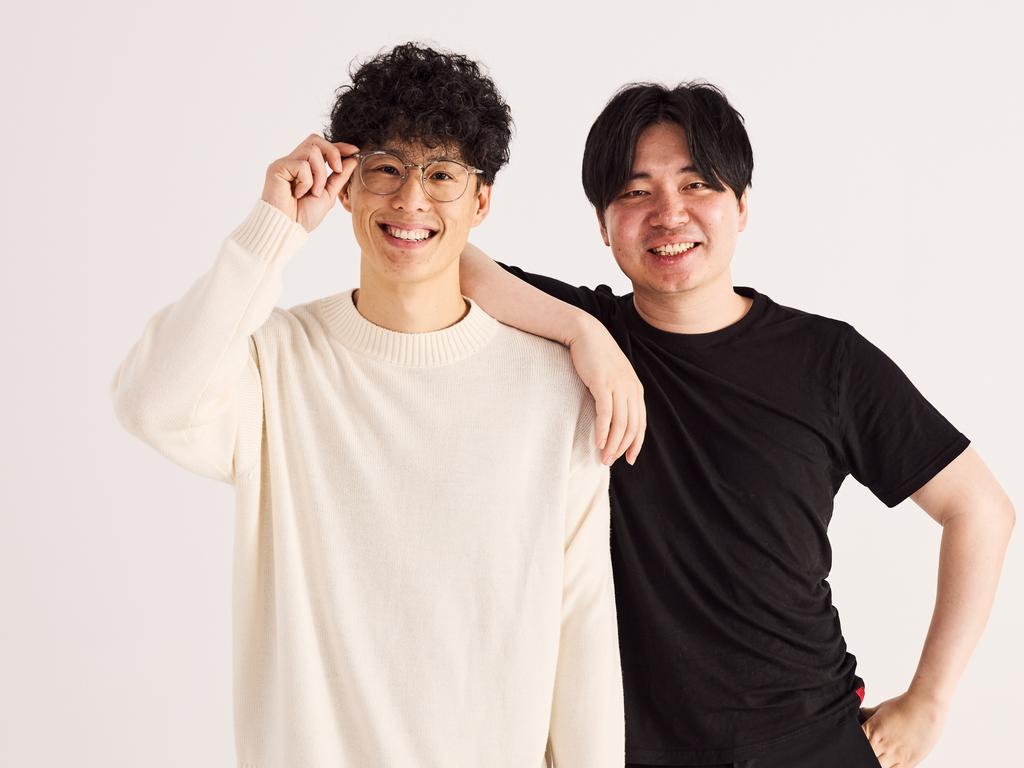
A change in spending
Another major contributor to this unstable ground is a shift in people’s spending.
Amid the cost-of-living crisis, spending less money on luxury and investment pieces and putting it towards the essentials comes naturally.
“One of the biggest challenges (in the fashion industry) over the last 12 months is the decline in spending in mid-to-high and premium brands,” said Nathan Yun, co-founder of apparel start-up Paire.
Instead, they put their money towards cheaper alternatives on sites like Shein, H&M and Temu, which will offer dupes of the original for a fraction of the pierce (and the quality, most of the time).
It’s not just shoppers with less cash to splash; it’s also impacting the supply chain.
Naturally, if the supply chain costs increase, customers are also going to feel the pinch.
“Since last year, things have been becoming more expensive,” said co-founder Rex Zhang. “The operational costs have increased for most of these brands. That’s another reason why these brands … struggle.”
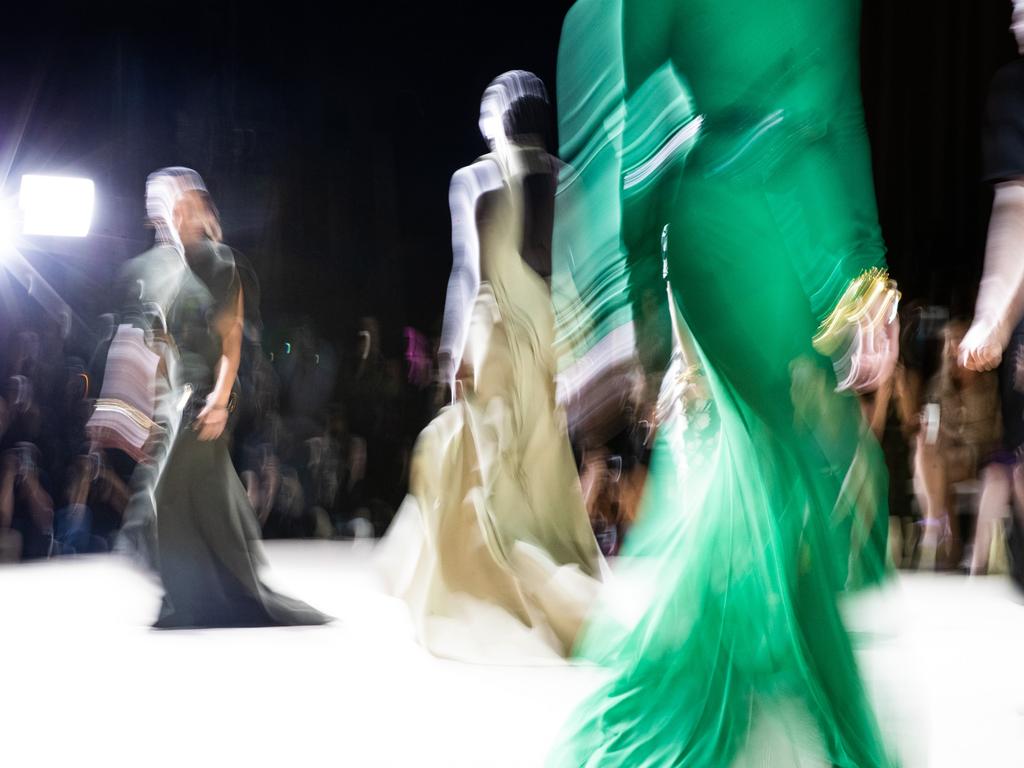
Can local fashion recover?
The industry may be battered and bruised from a barrage of brutal blows, but that doesn’t mean all hope is lost.
Sure, things may look bleak from the outside, but influential names in Australian fashion can see a bright future for the industry.
In Jason Grech’s case, he saw an increase in customers over the age of 40 – who have more disposable income and are more likely to purchase investment pieces – and ran with it.
“To survive, you have to change with the market,” he told NewsWire.
“It’s been a really exciting change, we’re loving it. What we’re giving is a new customer – one we didn’t think much of (in the past) – and giving them a new experience, which has been really rewarding.”
It’s also the perfect opportunity to innovate and shake everything up.
For businesses, the co-founders of Paire advise retailers to ramp up their innovation.
“You need to be creative, not only your product, but the way you develop the product and manufacture it,” said Mr Zhang.
Mr Grech encourages brands to improve the in-store shopping experience, giving customers a valuable and enjoyable time as they choose a garment.
Above all, there is no better time for shoppers to buy locally designed, crafted and produced items.
“What (customers) have to do is buy Australian made,” Mr Grech told NewsWire, encouraging shoppers to purchase “two or three investment pieces per year” that will last a lifetime.
“I’m hopeful,” he added. “I just hope that people consider purchasing something that is Australian.”



